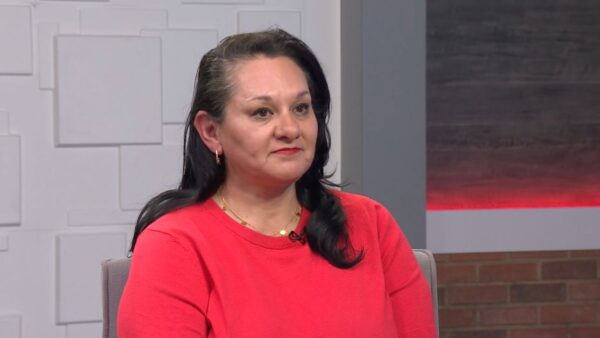AARP Segment: Making Alzheimer’s studies more inclusive
Oct. 11, 2022
Tonight, as part of our monthly AARP sponsored segment that highlights issues important to older adults in Arizona. We take a look at a new study that shows certain factors in who responds to studies for Alzheimer’s. Here to talk more about how to make these studies more inclusive is Dr. Jessica Langbaum, Co-Director for Alzheimer’s Prevention Initiative.
People of color, such as African Americans, Hispanics, Latinos and Native Americans, are at greater risk of developing Alzheimer’s disease compared with white individuals, but their participation in research is much lower, according to Langbaum.
“What we’re faced with is a growing number of people at risk for developing Alzheimer’s disease. We’re looking at different ways for treating or potentially preventing it, and we need researcher volunteers to come forward, but we’re finding that’s very hard to find volunteers for research studies, particularly having a diverse pool of participants,” Langbaum said.
Some of the reasons why this has been so difficult is the big time commitment, certain procedures that people might not be comfortable with and access to facilities that might not be convenient to people in their daily life, according to Langbaum.
“We need to find ways to make research more accessible– to bring research studies to people in their communities or allow these research days to take place in locations that are convenient, at the time of day, at the location, that’s best for them,” Langbaum said.
Non-Hispanic, white women enrolled the most in these research studies, perhaps because of the locations the research has been advertised. But, other factors, such as not having enough access to resources and materials, also play a large role in the disproportionate amount of people partaking in this research.
“All of these things are barriers that we’ve created, and we need to break down the barriers to make participation more accessible for folks,” Langbaum said.























